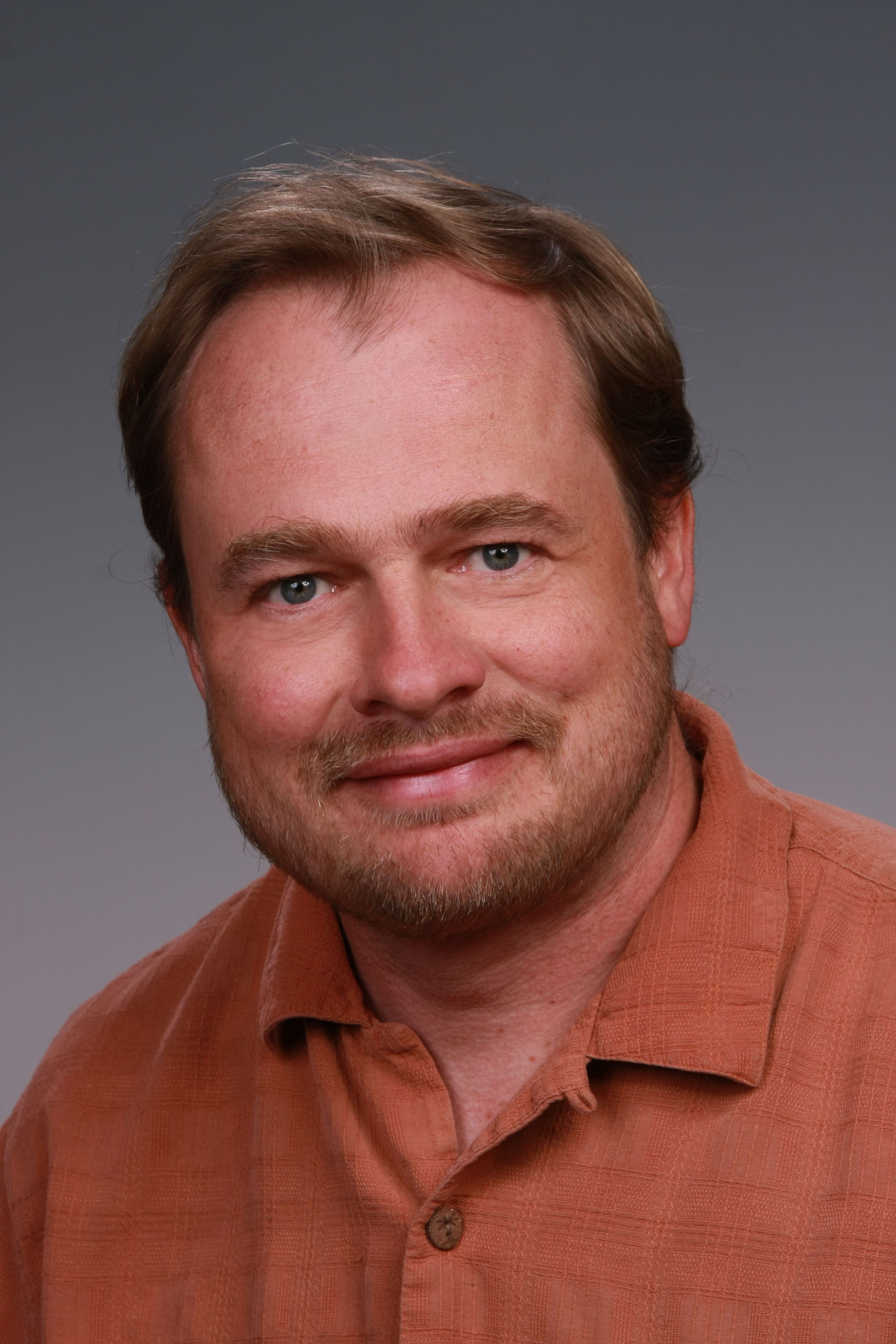Distinguished iNANO Lecture: Water Binding Motifs on Oxide Surfaces
Zdenek Dohnalek, Catalysis Science Scientist, Chemical Structure and Dynamics Department, Pacific Northwest National Laboratory
Info about event
Time
Location
iNANO AUD (1593-012), Gustav Wieds Vej 14, 8000 Aarhus C

Water Binding Motifs on Oxide Surfaces
Understanding the structure and binding of interfacial water is a critical scientific challenge with important implications for a variety of fundamental and applied processes. In the presented surface science studies I will compare and contrast the interactions of water on surfaces of titanium and ruthenium oxides that have wide-ranging applications in photocatalytic water splitting, heterogeneous catalysis, electrochemistry, and many other areas.
Our unique scanning tunneling microscope with an in situ supersonic molecular beam source allows us to adsorb water and image resulting surface species as a function of incident energy, time, and surface temperature. On well-studied rutile TiO2(110), we focus on resolving the extensively debated relative stability of molecularly and dissociatively-bound water. Our incident energy measurements demonstrate that these two configurations are nearly isoenergetic with molecular water being slightly preferred. On isostructural rutile RuO2(110), we employ only low energy water molecules and follow their adsorption, diffusion, and clustering. While water monomers are nearly isoenergetic with the dissociated water, dimerization results in facile deprotonation.
Our most-recent studies on anatase TiO2(101) show that water can diffuse transiently in a precursor state over many sites even at temperatures as low as 80 K and form extended chains. In contrast, adsorption at temperatures above 190 K, leads only to isolated water molecules indicating their repulsive interactions. Close coupling of the experimental studies with theoretical calculations further allows for a detailed understanding of the underlying physical and chemical phenomena controlling the structural motifs of interfacial water.
Host: Associate professor Jeppe Vang Lauritsen, iNANO & Dept. of Physics and Astronomy